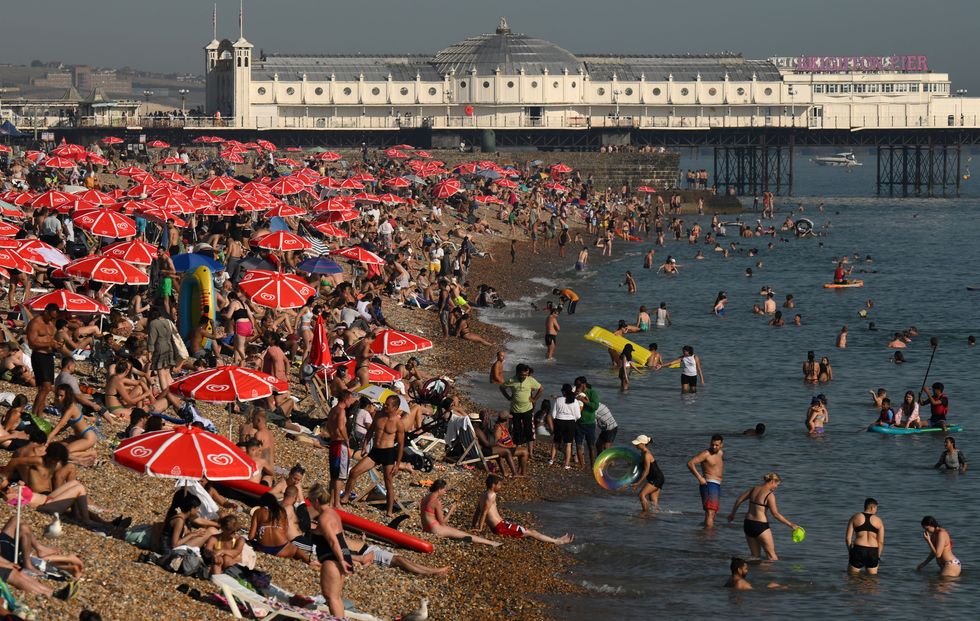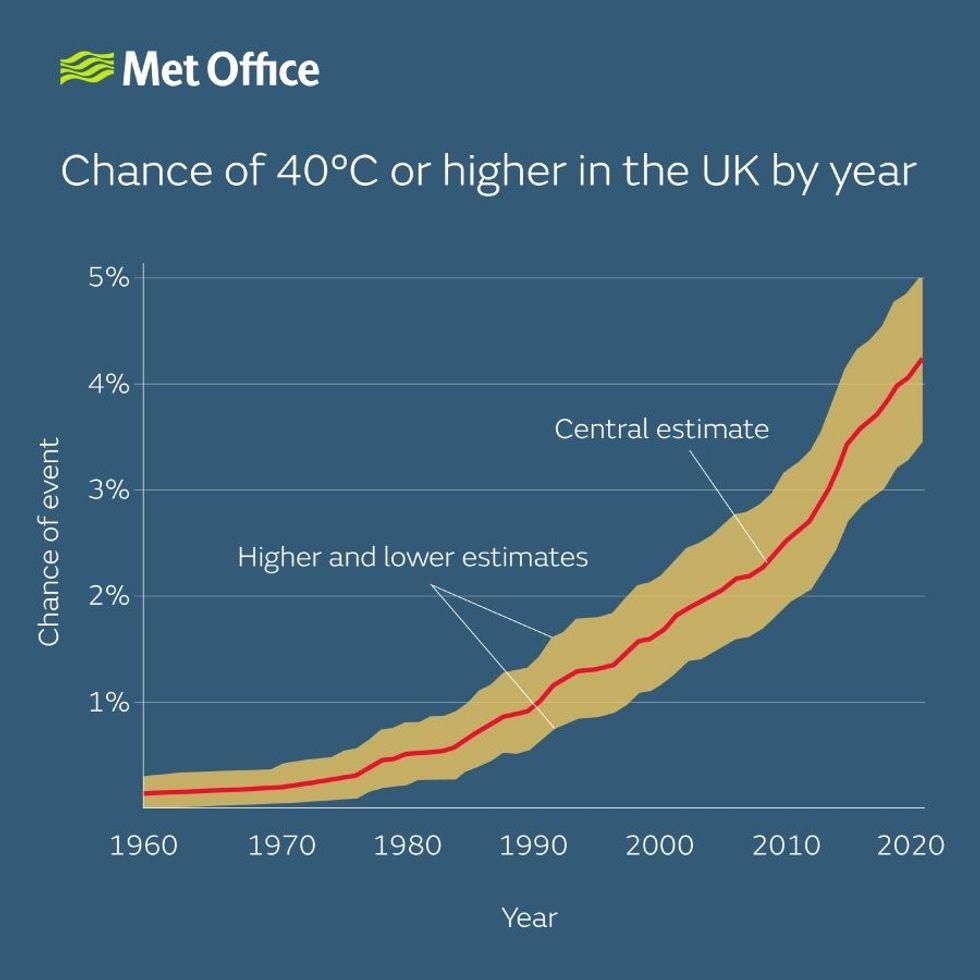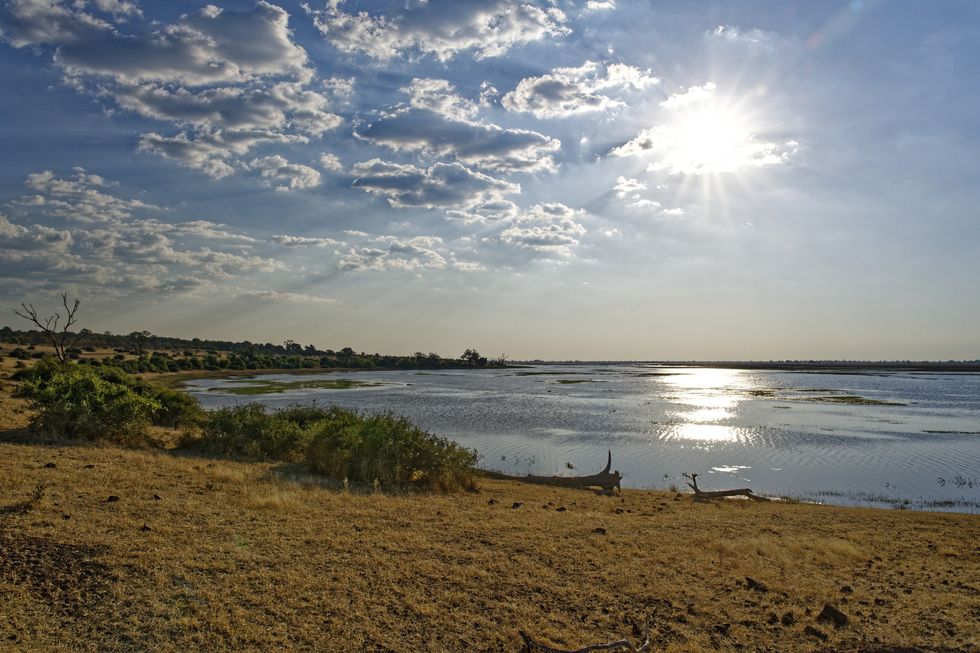Met Office report warns UK 20 times more likely to hit over 40C as max temperatures could exceed Sub-Saharan Africa

The temperature reached 40.3C in Lincolnshire on July 19, 2022
Don't Miss
Most Read
A study by the Met Office highlights the rapidly increasing likelihood of extreme temperatures for the UK.
Scientists estimate that the chance of seeing temperatures above 40C is now more than 20 times greater than it was in the 1960s.
They add that there's a 50 per cent chance of seeing a 40C day again in the next 12 years - which was last recorded in July 2022.
The national weather service warned that in today's climate, temperatures of 46C or more “may be possible.”

A study by the Met Office highlights the rapidly increasing likelihood of extreme temperatures for the UK
|GETTY
Heatwaves could last a month or more, scientists warned, describing the weather event as "much more severe".
Before 2022, the previous highest temperature recorded was 38.7C in Cambridge three years earlier.
Smashing the record, Coningsby in Lincolnshire registered 40.3C on July 19 during the heatwave and drought summer.
The feared highs would mean that Britain would experience temperatures hotter than those in Sub-Saharan Africa, where areas including Mali, Chad and Sudan can hit 45C during the hot season.
LATEST DEVELOPMENTS:

The chance of seeing temperatures above 40C is now more than 20 times greater than it was during the 1960s, scientists estimate
|METOFFICE
The change of hitting 40C has almost tripled since the year 2000.
Dr Gillian Kay, a senior scientist at the Met Office and lead author of the study, said: “The chance of exceeding 40C has been rapidly increasing, and it is now over 20 times more likely than it was in the 1960s.
"Because our climate continues to warm, we can expect the chance to keep rising. We estimate a 50/50 chance of seeing a 40C day again in the next 12 years.
"We also found that temperatures several degrees higher than we saw in July 2022 are possible in today’s climate."
The climate model shows up to two-thirds of summer days could be above the heatwave threshold of 28C in south-east England.
Due to the climate shifts, twelve consecutive days above 35C could also be possible in the future, according to the Met Office.

The feared highs would mean that Britain would experience temperatures higher than those in Sub-Saharan Africa
|GETTY
Dr Nick Dunstone, a Met Office science fellow and co-author of the study, said: “The well-known hot summer of 1976 had more than a fortnight above 28C, which is a key heatwave threshold in south-east England.
“Our study finds that in today’s climate such conditions could persist for a month or more.
"These findings highlight the need to prepare and plan for the impacts of rising temperatures now, so we can better protect public health, infrastructure and the environment from the growing threat of extreme heat.”
The study attributes the rapid change in temperature to climate change caused by the global burning of fossil fuels.











